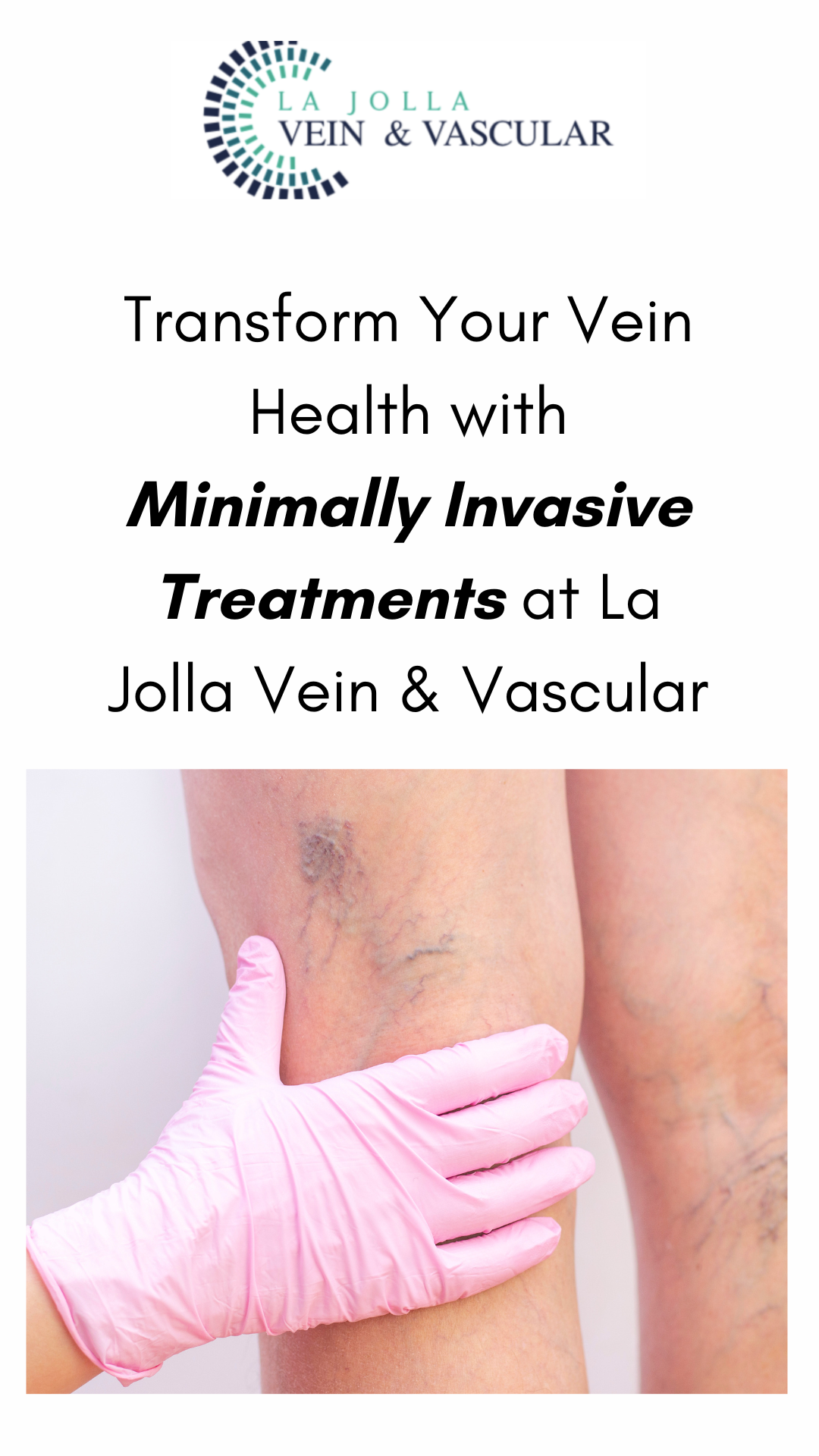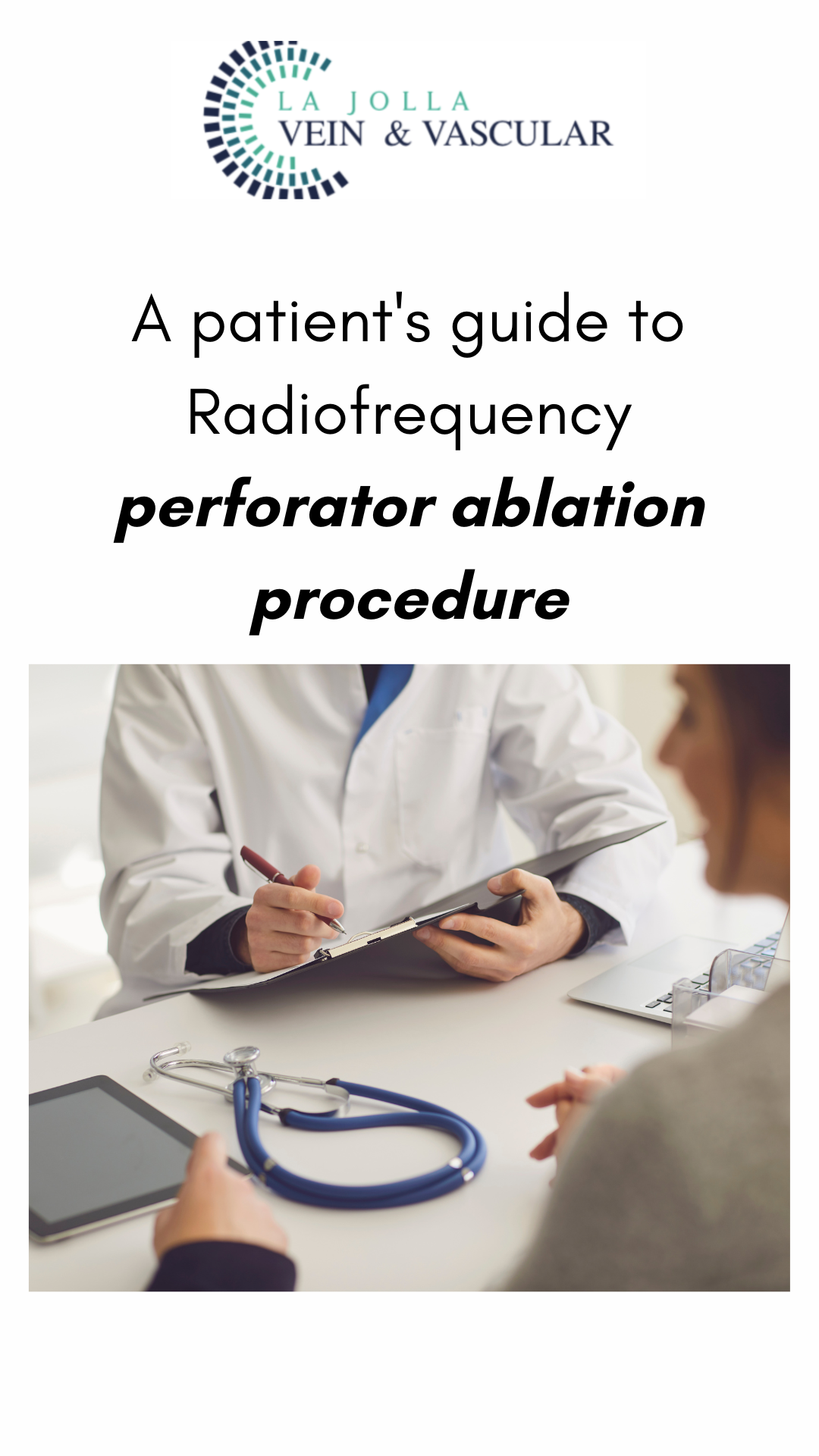Illuminate Your Vascular Health: Exploring the Benefits of Laser Ablation
LJVascular2024-07-07T08:59:45-07:00Illuminate Your Vascular Health: Exploring the Benefits of Laser Ablation
VenaCure: Elevating Vascular Health through Endovenous Laser Ablation (EVLA)
In the landscape of contemporary vascular treatments, a ray of hope shines for those contending with the vexing issue of backward blood flow, often dubbed “reflux” within their saphenous veins. […]






![What do I need to know about venous disease? 6 What Do I Need to Know About Venous Disease? [2024]](https://ljvascular.com/wp-content/uploads/2024/03/Bunke-March-Blog-Thumbnail-37.png)





